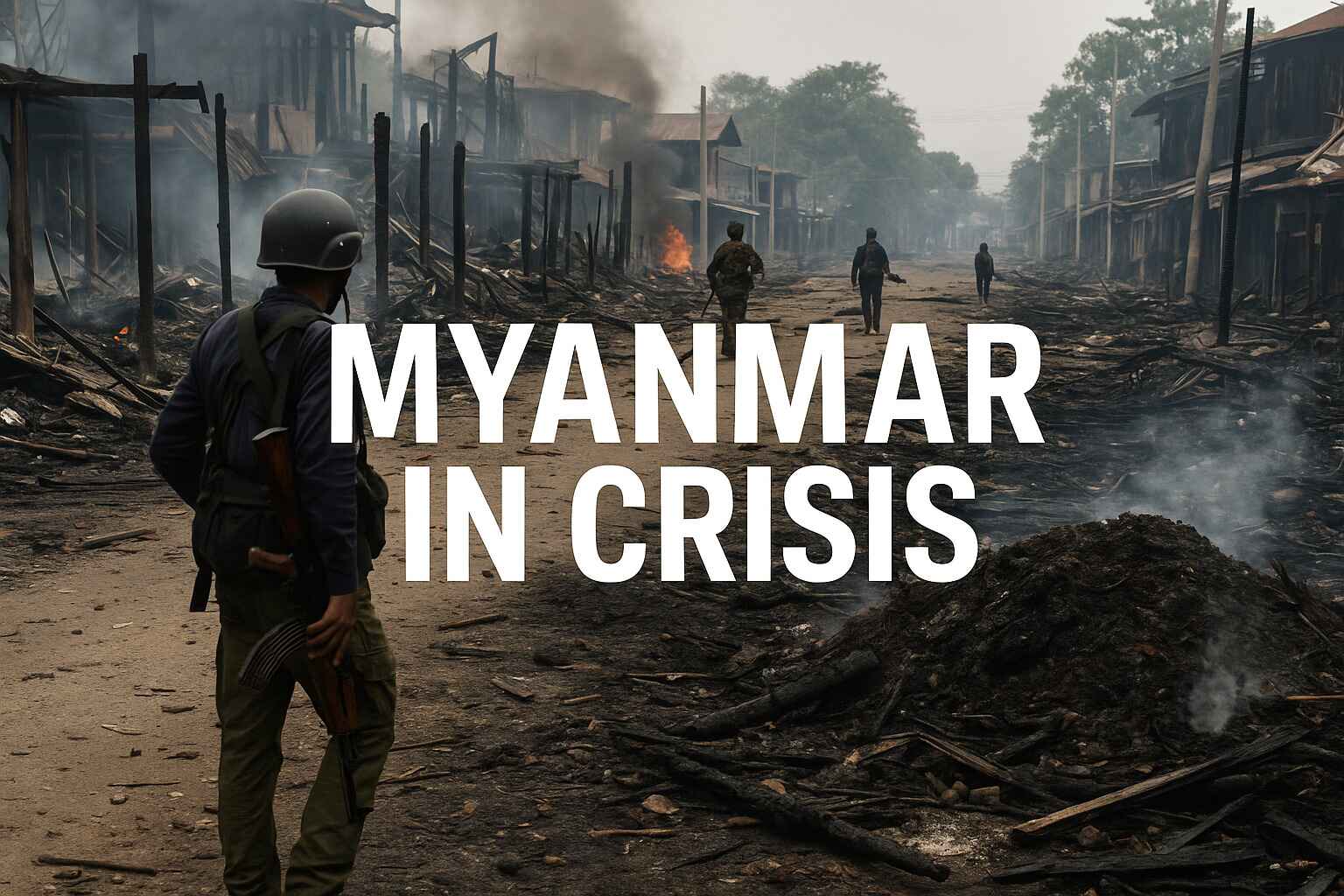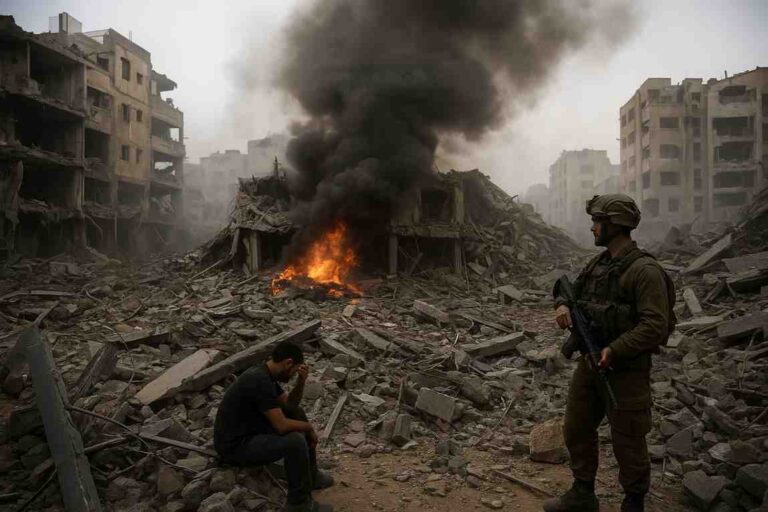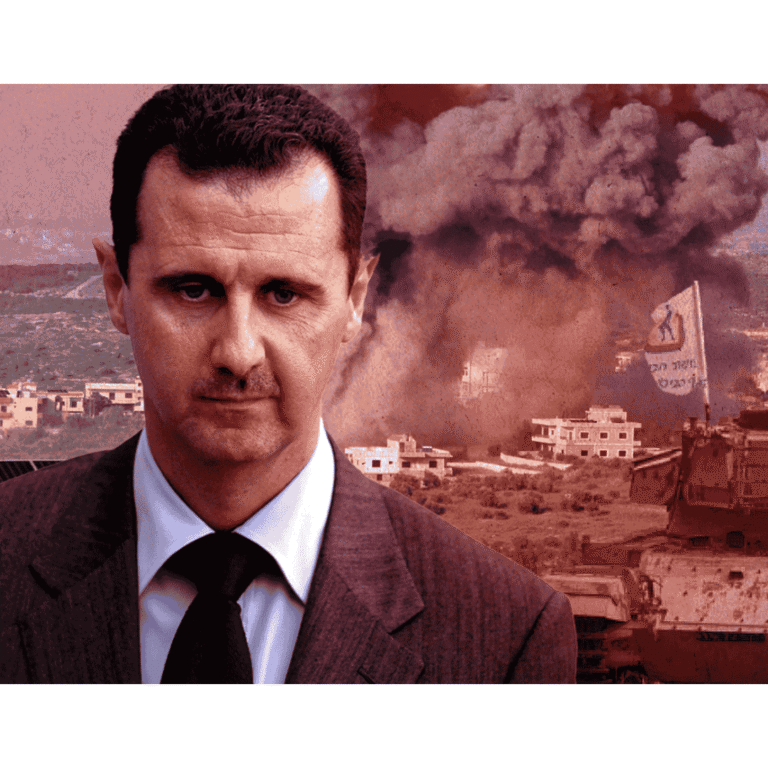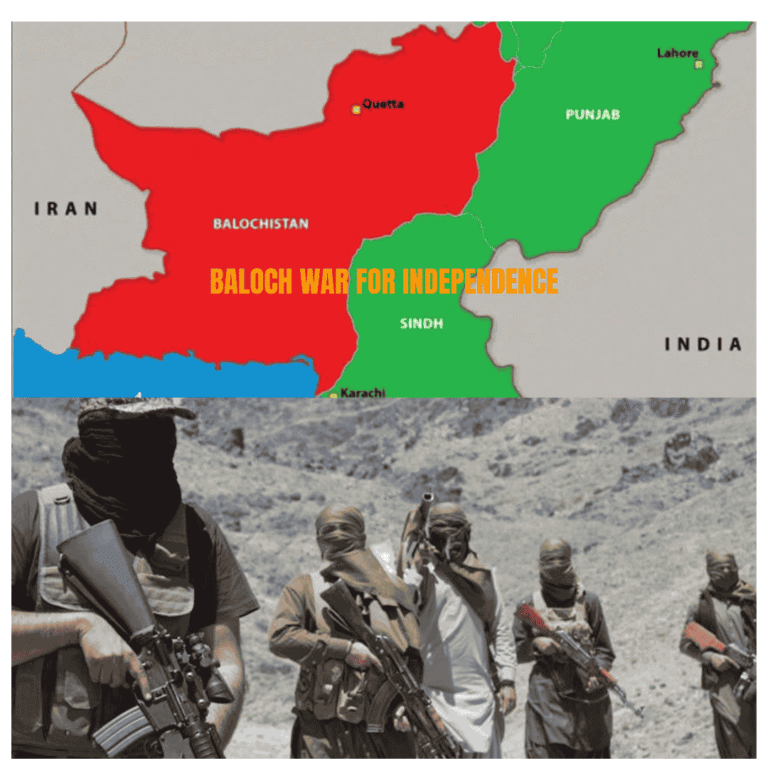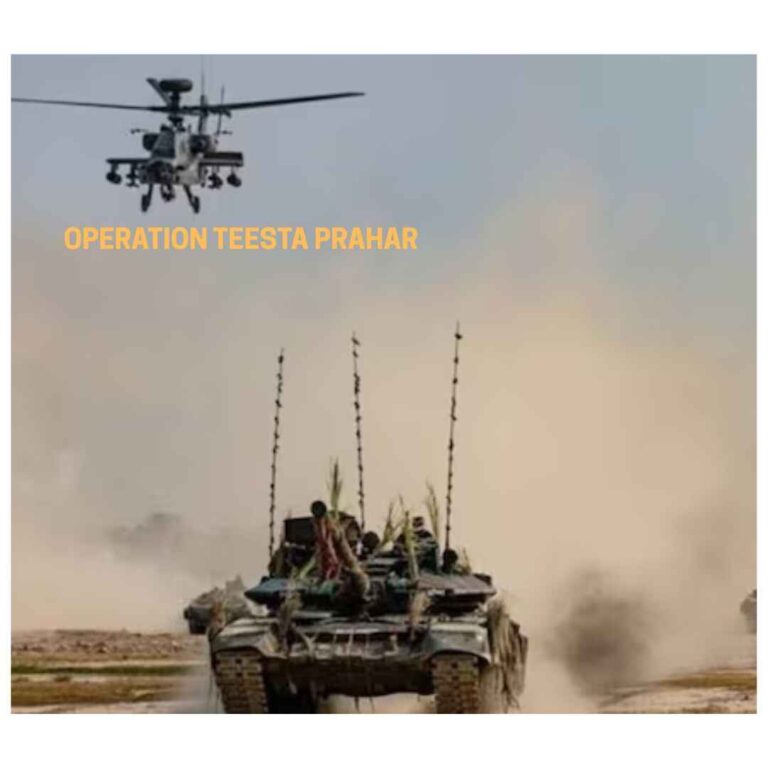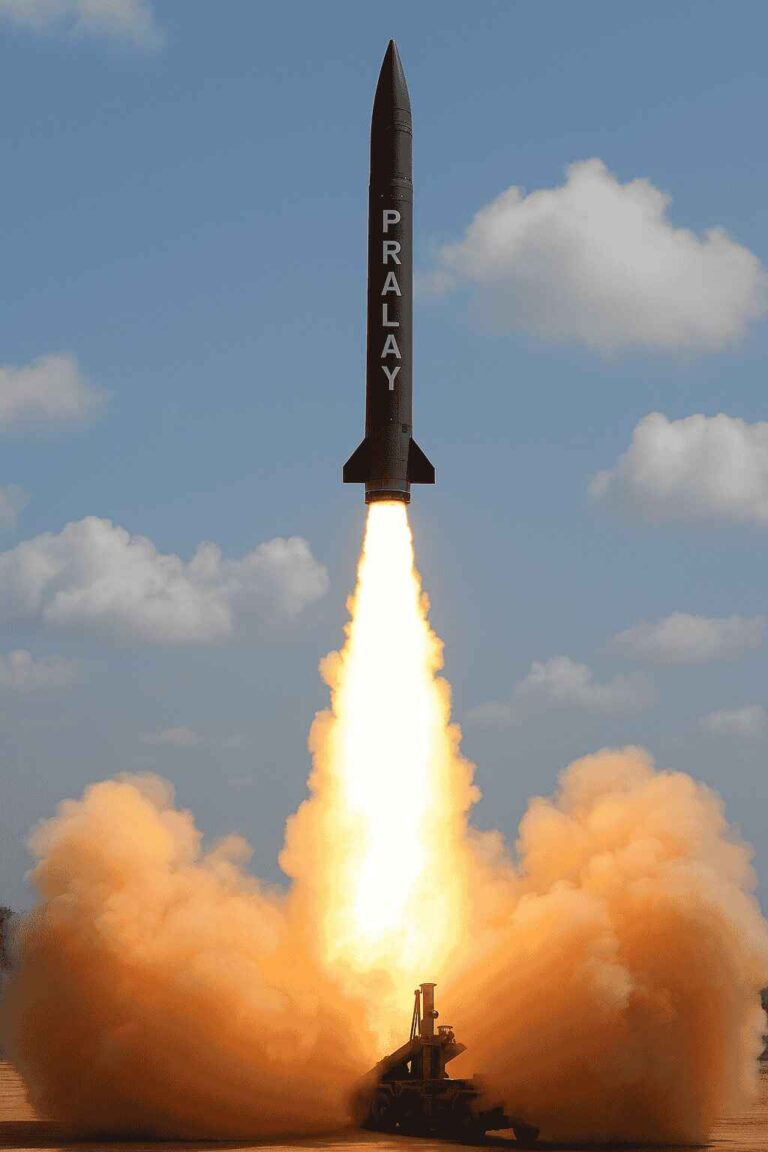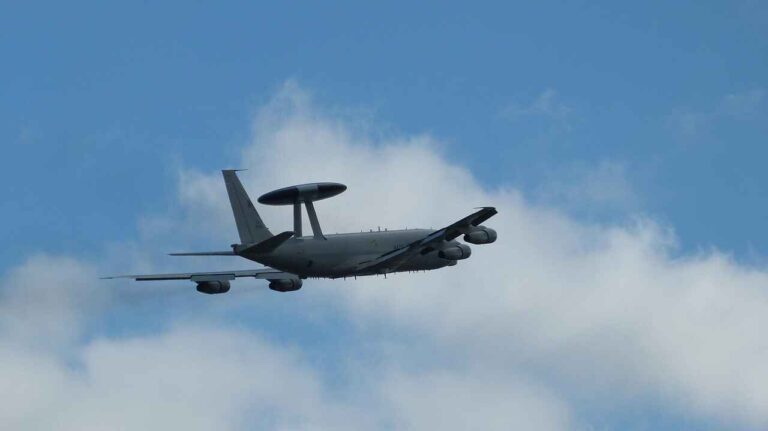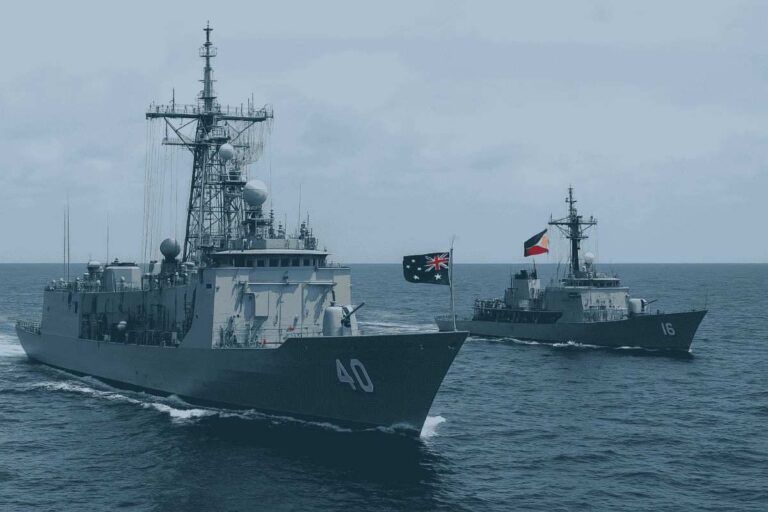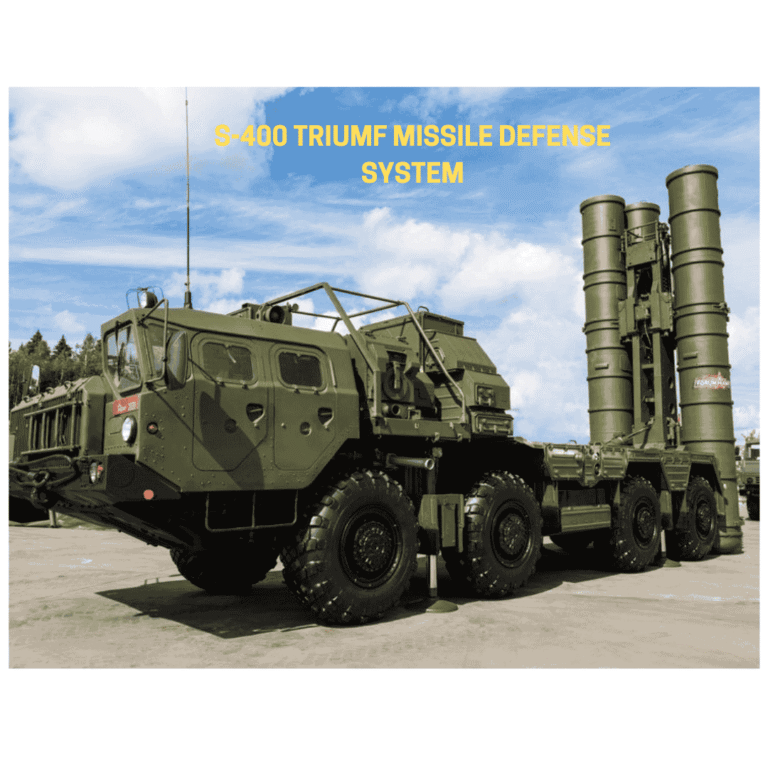Introduction
Myanmar is caught in a relentless conflict that shows little sign of ending, despite the junta’s recent announcement to lift four years of emergency rule and pledge elections by December. This move has been widely rejected by opposition groups, who view it as a strategy to reinforce military control rather than a genuine effort to restore democracy.
The crisis, which began with the military coup in February 2021, has plunged the country into a devastating civil war. Resistance forces, including the National Unity Government (NUG), local People’s Defense Forces (PDFs), and influential ethnic armed organizations have steadily expanded their influence by seizing territory and launching coordinated offensives against the ruling Tatmadaw.
The human cost of this conflict is staggering. According to humanitarian agencies, more than 3.5 million people are internally displaced, and nearly 20 million—almost 40 percent of Myanmar’s population depend on humanitarian aid. Reports indicate that over 6,600 civilians have been killed, and around 30,000 political prisoners remain detained, many under harsh conditions.
Meanwhile, the junta has intensified its use of airstrikes, heavy artillery, and scorched-earth tactics, frequently targeting schools, hospitals, and places of worship. In one of the deadliest recent incidents, a May 2025 airstrike on a school in the Sagaing Region killed at least 20 children and wounded more than 100.
The ramifications of the conflict extend beyond Myanmar’s borders. India’s northeastern states, particularly Mizoram and Manipur, are receiving thousands of refugees fleeing the violence, while China seeks stability to protect its investments in Myanmar’s rare-earth mining sector. ASEAN has repeatedly called for dialogue, yet it acknowledges that the conditions for credible elections are currently lacking.
As Myanmar stands at this precarious point torn between the junta’s promises of elections and the growing momentum of the opposition on the battlefield, the crucial question remains: will the country move towards fragile reconciliation or descend further into prolonged chaos?
Background
Myanmar’s current crisis can be traced back to its history of political instability, ethnic tensions, and the dominance of military rule. Gaining independence from Britain in 1948, the country, formerly known as Burma, inherited complex ethnic divisions among over 135 recognized groups. Almost immediately, the budding democracy faced disruption from armed insurgencies by ethnic minorities seeking autonomy, alongside a military that positioned itself as the protector of national unity.
The first significant military coup occurred in 1962, orchestrated by General Ne Win, which marked the beginning of decades of authoritarian governance under the Burma Socialist Programme Party. During this time, civil liberties were severely restricted and the economy faced stagnation due to isolationist policies. Despite several pro-democracy uprisings, most notably the violent suppression of student-led protests in 1988, the military, known as the Tatmadaw, maintained strong control.
A turning point occurred during the 1990 general elections when the National League for Democracy (NLD), led by Nobel laureate Aung San Suu Kyi, achieved a decisive electoral victory. However, the Tatmadaw annulled the results and placed Suu Kyi under house arrest for much of the following two decades. This established a cycle of limited reforms followed by harsh crackdowns, solidifying the military’s grip on power while fueling opposition resolve.
In 2011, a tentative democratic opening began as the military junta introduced political reforms, allowing the NLD to re-enter the political arena. The party won the 2015 elections convincingly, raising hopes for a more permanent democratic transition. Nonetheless, the military maintained significant constitutional authority, retaining control over essential ministries and securing 25 percent of parliamentary seats.
Tensions between the civilian government and the Tatmadaw remained high. The Rohingya crisis in 2017 further tarnished Myanmar’s international reputation, as the military faced accusations of conducting severe crackdowns that were later described as ethnic cleansing by the United Nations. Aung San Suu Kyi’s international image suffered due to her defense of the military’s actions, although she continued to receive substantial domestic support.
The fragile political balance shattered on February 1, 2021, when the Tatmadaw executed another coup, detaining Aung San Suu Kyi and other elected officials while citing unfounded allegations of electoral fraud concerning the NLD’s successful bid in the 2020 elections. This event reignited Myanmar’s cycle of resistance and repression but escalated to unprecedented levels. Civilian protests rapidly evolved into armed resistance, leading to the formation of the People’s Defense Forces (PDFs) and renewed military offensives by various ethnic armed groups that recognized an opportunity to challenge the junta.
Since the coup, Myanmar has plunged into full-scale conflict, with the Tatmadaw losing substantial ground in various regions despite its air dominance. The ongoing struggle highlights the resilience of Myanmar’s pro-democracy movement and the entrenched power of a military reluctant to cede control.
Current State of Conflict
As of August 2025, Myanmar’s conflict has escalated significantly since the military coup of 2021. The junta officially ended its four-year state of emergency on July 31 and announced plans for elections in December. However, the actual situation on the ground reveals a troubling landscape marked by instability and fragmentation. The Tatmadaw, Myanmar’s military, is steadily losing territorial control to various resistance forces.
Resistance Developments
The opposition, primarily led by the National Unity Government (NUG) and its armed wing, the People’s Defense Forces (PDFs), has significantly increased its influence, particularly in the Sagaing Region, once considered a stronghold for the junta. Reports indicate that PDFs now control over 75 percent of this area, limiting the military’s presence to only a handful of key towns. Ethnic armed organizations, including the Kachin Independence Army (KIA) and the Arakan Army (AA), are also launching coordinated offensives, seizing multiple towns and strategic positions. Notably, the AA’s advances in Rakhine State have resulted in the displacement of over half a million civilians.
The KIA’s Operation 0307, initiated earlier this year, successfully captured more than 90 junta positions in Kachin State, threatening crucial supply routes for the junta’s rare-earth exports, a concern for neighbouring China.
Military Response
In reaction to these losses, the Tatmadaw has intensified its use of air power and heavy artillery, resulting in widespread destruction in conflict-affected areas. Incidents such as the May 2025 airstrike on a school in Sagaing’s Depayin Township, which resulted in the deaths of at least 20 children, underscore the humanitarian impact of these military actions. Furthermore, the military has increased cyber restrictions, implemented biometric surveillance measures and limited internet access to suppress resistance and dissent.
Despite these efforts, the junta continues to experience territorial losses. While it still controls major urban centres like Naypyitaw and Yangon, vast rural areas are now under the influence of opposition forces, leading to a complex landscape of contested territories.
Humanitarian Crisis
The humanitarian situation in Myanmar is critical. The United Nations reports that more than 3.5 million people are internally displaced, with nearly 20 million, around 40 percent of the population requiring urgent humanitarian assistance. Access to essential aid is severely hampered by military blockades, particularly in areas hardest hit by the conflict, with Rakhine State facing a food crisis that endangers nearly 2 million residents.
The humanitarian crisis was further exacerbated by a devastating earthquake in March 2025, which destroyed over 63,000 homes and displaced an additional 200,000 individuals. Aid organizations warn that the combination of ongoing conflict, natural disasters, and food shortages poses a risk of a humanitarian catastrophe on an unprecedented scale.
Regional Implications
The ongoing conflict in Myanmar has far-reaching implications across South and Southeast Asia, directly impacting security dynamics, trade routes, refugee movements, and geopolitical rivalries among global powers. As the Tatmadaw (Myanmar’s military) experiences setbacks, resistance groups are gaining traction, thereby embroiling neighbouring nations in a crisis that shows little prospect for resolution.
India’s Security Challenges and Humanitarian Responsibilities
Myanmar’s situation poses a dual challenge for India, intertwining humanitarian responsibilities with strategic imperatives. The influx of over 32,000 Myanmar nationals into India’s northeastern states primarily Mizoram and Manipur, which share a porous 1,600-kilometer border with Myanmar has placed significant strain on local resources. In response, the Indian government is augmenting border security measures and implementing biometric registration systems to manage this humanitarian crisis.
From a strategic standpoint, Myanmar’s stability is critical to India’s Act East Policy, particularly concerning key infrastructure initiatives like the Kaladan Multimodal Transit Project and the Sittwe Port, which are intended to enhance connectivity with Southeast Asia. The ongoing conflict jeopardizes these initiatives and raises concerns over insurgent groups exploiting the turmoil along the border. Consequently, India is pursuing a nuanced diplomatic posture that involves engaging with the junta while also extending humanitarian assistance, as demonstrated by Operation Brahma following the March 2025 earthquake, which provided medical personnel and delivered 137 tons of relief supplies.
China’s Strategic Calculations Amid Economic Vulnerabilities
China’s interests in Myanmar are equally multifaceted. With significant investments linked to its Belt and Road Initiative, Beijing prioritizes stability in Myanmar to protect its infrastructure and resource-importing corridors. The Myitkyina–Bhamo corridor, a crucial node for rare-earth minerals vital for China’s green energy transition, has come under threat following the Kachin Independence Army (KIA) seizing control of numerous junta positions in the region. This disruption has nearly halved Myanmar’s rare-earth exports to China, raising concerns regarding the resilience of global supply chains.
While China publicly advocates for dialogue, it is reportedly exerting pressure on the junta to restore order and is mediating discussions between the military and various ethnic groups. China’s support for the junta’s planned December elections, despite international concerns regarding their legitimacy, underscores its overarching goal of cultivating a stable partner to safeguard its strategic interests.
ASEAN’s Examination of Unity and Credibility
The situation in Myanmar presents a significant challenge to ASEAN’s cohesion and credibility. The 2021 Five-Point Consensus, designed to foster dialogue and humanitarian access, has largely stalled. At the July 2025 Langkawi retreat, ASEAN ministers reiterated that establishing peace must precede elections, yet stark divisions persist. While Malaysia, Singapore, and Indonesia call for stronger responses to the junta, Thailand, Cambodia, and Laos advocate for engagement, complicating a unified ASEAN stance.
This lack of consensus diminishes ASEAN’s influence in shaping Myanmar’s trajectory. Analysts caution that without a cohesive approach, the bloc risks losing relevance in addressing the crisis, with the humanitarian fallout already affecting Thailand and intensifying tensions in border regions, thereby undermining ASEAN’s vision for regional stability.
Bangladesh’s Rohingya Crisis
For Bangladesh, the conflict exacerbates an ongoing humanitarian catastrophe. With over 1 million Rohingya refugees residing in the country since the 2017 crackdown, there are legitimate fears that renewed violence in Rakhine State could generate yet another wave of refugees. Recent advancements by the Arakan Army have displaced over 500,000 civilians, many of whom may seek asylum in Bangladesh, further straining overcrowded camps in Cox’s Bazar. In light of this, Dhaka is enhancing border security and appealing to the international community for increased support.
Thailand’s Addressing Humanitarian Strain at the Border
Thailand faces increasing pressures as it contends with spillover effects from Myanmar’s conflict along its extensive 2,400-kilometer border. Daily incidents of cross-border shelling and a surge in displaced populations are testing the country’s humanitarian response capabilities. Thai officials have announced plans to construct temporary shelters for those fleeing the intensified hostilities in Karen and Kayah States. However, Bangkok is adopting a cautious diplomatic approach, favouring engagement with the junta to preserve vital trade and security relations.
Wider Indo-Pacific Implications
Instability in Myanmar reverberates throughout the broader Indo-Pacific region. The United States, Japan, and Australia perceive the conflict as a critical factor in regional security, fearing that rampant violence and a deeper Chinese foothold could undermine democratic values. Washington has maintained sanctions against the junta while bolstering humanitarian assistance. Concurrently, Tokyo has quietly suspended some aid initiatives, advocating for a return to democratic governance.
International Response
As the crisis in Myanmar continues to deteriorate, both global and regional stakeholders are amplifying their diplomatic efforts, humanitarian assistance, and advocacy for peace. This situation underscores the complex nature of the conflict and its international ramifications.
United Nations Secretary-General António Guterres has consistently urged restraint, noting that approximately 20 million individuals, over one-third of Myanmar’s population are in need of humanitarian aid. He has expressed concern regarding military actions, forced displacements, and the upcoming national elections scheduled for December, indicating that this electoral process lacks legitimacy and may further entrench authoritarian governance instead of reinstating democratic systems.
In alignment with these concerns, the UN Secretariat has firmly opposed the junta’s electoral agenda. Guterres accentuated that credible elections require secure environments and safe participation, conditions that are currently lacking. Human rights organizations and international non-governmental organizations have reported a troubling rise in civilian casualties, with over 1,500 attacks on healthcare facilities recorded in 2024 alone. Compounding these issues are ongoing cholera outbreaks, food insecurity, and blockades obstructing humanitarian aid, which exacerbate the humanitarian crisis.
Despite its endorsement of the 2021 Five-Point Consensus, which emphasizes the necessity for dialogue and a cessation of hostilities, the Association of Southeast Asian Nations (ASEAN) has struggled to formulate cohesive responses. During its 2025 Foreign Ministers’ Retreat in Langkawi, ASEAN leaders reiterated that restoring peace should take precedence over electoral measures, cautioning that the anticipated elections could further destabilize the region. Malaysia, as the chair of ASEAN, appointed Tan Sri Othman Hashim as a special envoy to promote ASEAN-led dialogue.
However, ideological divisions persist within ASEAN. Countries such as Singapore, Indonesia, and Vietnam advocate for strict criteria regarding electoral legitimacy, while Thailand, Cambodia, and Laos prefer continued engagement with the junta. Analysts have observed that ASEAN is increasingly fragmented, facing challenges in maintaining diplomatic credibility as conflict escalates and refugee flows increase.
The United States, the European Union, and G7 allies have collectively condemned Myanmar’s electoral roadmap, characterizing it as a façade intended to reinforce military rule. They have intensified sanctions under the BURMA Act, targeting senior junta officials, arms dealers, and corporate entities complicit in state repression. The United States has also urged China to utilize its influence to promote restraint and has conveyed that the international community does not regard the elections as credible.
Conversely, China has adopted a pragmatic approach. In regional discussions, Chinese officials have encouraged ASEAN members to support Myanmar’s direction toward “peace and reconciliation,” while emphasizing the principle of non-interference in Myanmar’s internal matters. China appears to perceive the junta’s electoral initiatives as potential stabilizers, aligning with its economic interests in Myanmar.
Although India is not a primary actor in the political arena, it occupies a significant role within humanitarian and strategic contexts.
In direct response to the March 2025 earthquake, India activated Operation Brahma, deploying military and medical teams to deliver critical assistance. This operation resulted in the treatment of over 2,500 individuals and the provision of 137 tons of medical supplies, demonstrating India’s capacity for rapid response.
Concurrently, India’s northeastern states, especially Mizoram and Manipur, are witnessing a rising influx of refugees, with more than 32,000 Myanmar nationals reported in Mizoram alone. This phenomenon necessitates enhanced security measures and biometric registration procedures.
While India officially supports Myanmar-led peace initiatives, its actions reflect a nuanced strategy: providing humanitarian aid while engaging in dialogue with the junta, considering essential strategic interests such as the Kaladan and Sittwe port projects.
Economic and Security Dimensions
The ongoing conflict in Myanmar has precipitated a profound economic crisis alongside escalating security challenges, impacting not only the nation itself but also its neighbouring regions. As the Tatmadaw struggles to assert control and resistance forces fortify their positions, the dual crises of economic disintegration and national insecurity exacerbate Myanmar’s precarious situation.
Economic Collapse and Isolation
Myanmar’s economy, already teetering before the 2021 coup, has faced one of the most significant contractions in Southeast Asia, with World Bank estimates indicating a nearly 30 percent shrinkage since 2021 effectively reversing a decade of economic progress. Inflation has surged, particularly affecting essential commodities such as rice, fuel, and cooking oil, driven by disrupted supply chains and persistent blockades.
Foreign direct investment has largely evaporated as major multinational corporations withdrew after the coup, citing reputational risks and instability within supply chains. Sanctions imposed by the United States, European Union, and G7 nations have further isolated Myanmar from international markets, significantly impacting the energy and mining sectors that have historically sustained military funding.
The kyat continues its depreciation, eroding purchasing power for the population. Informal markets dominate trade activities as illicit economies, particularly in jade and timber smuggling, have proliferated during this period of turmoil. The UN has issued warnings regarding agricultural output collapses across various states, particularly in Rakhine and Sagaing, raising the specter of widespread famine.
Resource Corridors and Strategic Assets
Despite its economic downturn, Myanmar retains considerable strategic importance due to its abundant natural resources and geographic position. Reserves of rare-earth elements, natural gas, and hydropower are essential to regional economies, particularly for China, which heavily relies on rare-earth supplies from northern Myanmar for its green energy initiatives. Recent seizures of mining hubs by the Kachin Independence Army have jeopardized this flow, with exports to China reportedly declining by nearly 50 percent.
Energy pipelines, which traverse from the Bay of Bengal through Myanmar to China, are increasingly susceptible to sabotage. Analysts caution that should resistance groups target these vital corridors; Beijing might enhance its engagement through intensified pressure on the Tatmadaw or clandestine negotiations with armed ethnic organizations.
Security Fragmentation
The most urgent security predicament is the fragmentation of authority throughout the nation. While the Tatmadaw maintains control over principal urban centers like Naypyitaw, Yangon, and Mandalay, extensive rural areas have devolved into zones governed by People’s Défense Forces (PDFs) and various ethnic armed groups. This disintegration of governance has led to lawlessness, rampant criminal activity, and local populations caught in the crossfire of competing factions.
Urban centres remain volatile, marked by frequent bombings, targeted assassinations, and attacks against junta officials. In rural states such as Sagaing, Chin, and Rakhine, daily confrontations and indiscriminate aerial bombardments have displaced millions. The ensuing security vacuum has empowered narcotics syndicates operating in the Golden Triangle, a prominent hub for methamphetamine production, leading to a surge in drug trafficking across the borders with Thailand and Laos.
Cross-Border Insecurities
Myanmar’s instability is increasingly manifesting across its borders. In India, armed group infiltrations into Mizoram and Manipur have raised alarms over weapons smuggling and militant recruitment activities. Thailand has responded to border skirmishes by deploying additional military resources while grappling with a significant influx of refugees that threatens to exceed humanitarian capacity.
For Bangladesh, the situation is compounded by the precarious status of over one million Rohingya refugees. Advancements by the Arakan Army in Rakhine risk re-triggering large-scale displacement, which could facilitate increased militant recruitment among disenfranchised Rohingya youths.
China, while primarily focused on securing its economic corridors, is increasingly apprehensive about the spillover effects of instability into Yunnan Province, especially as Kachin forces expand operationally near the Chinese border. This complex interplay of local conflict and transnational implications underscores the urgent need for comprehensive strategies addressing both economic recovery and security stabilization.
Conclusion
Myanmar today stands at a critical crossroads. Four years after the military coup of 2021, the junta’s grip on power is weakening, even as it attempts to assert its authority by announcing elections later this year. However, these planned elections are widely regarded as an effort to solidify military dominance under the guise of legitimacy, rather than a genuine return to democracy.
On the battlefield, the emergence of the People’s Defense Forces and the resurgence of ethnic armed organizations have significantly diminished junta control over many areas of the country. Unfortunately, these advances come at a tremendous humanitarian cost. Millions have been displaced, famine is looming in parts of Rakhine and Sagaing, and the collapse of governance has led to increased lawlessness and the growth of illicit economies.
Regionally, Myanmar’s conflict has become a destabilizing force. India is struggling with an influx of refugees and threats to its strategic projects. Bangladesh is concerned about a potential new Rohingya crisis, and Thailand faces daily cross-border insecurities. Meanwhile, China, worried about its rare-earth supply chains, continues to support the junta’s fragile hold on power while trying to safeguard its economic interests. ASEAN’s failure to present a united front has highlighted the limitations of regional diplomacy.
The international community, including the United Nations and Western powers, continues to advocate for peace and accountability. However, without concrete leverage, these calls have failed to stop the bloodshed. As the humanitarian crisis deepens and the economy deteriorates, Myanmar risks becoming not only a failed state but also a flashpoint with significant implications for the entire Indo-Pacific region.
The coming months will be crucial. If the junta proceeds with elections amidst escalating violence, it could deepen divisions and prolong instability. Conversely, a negotiated settlement—despite its challenges—remains the only viable path to prevent Myanmar from descending further into chaos. What is clear is that Myanmar’s future will not only shape its own destiny but also influence the security and stability of the entire region.

